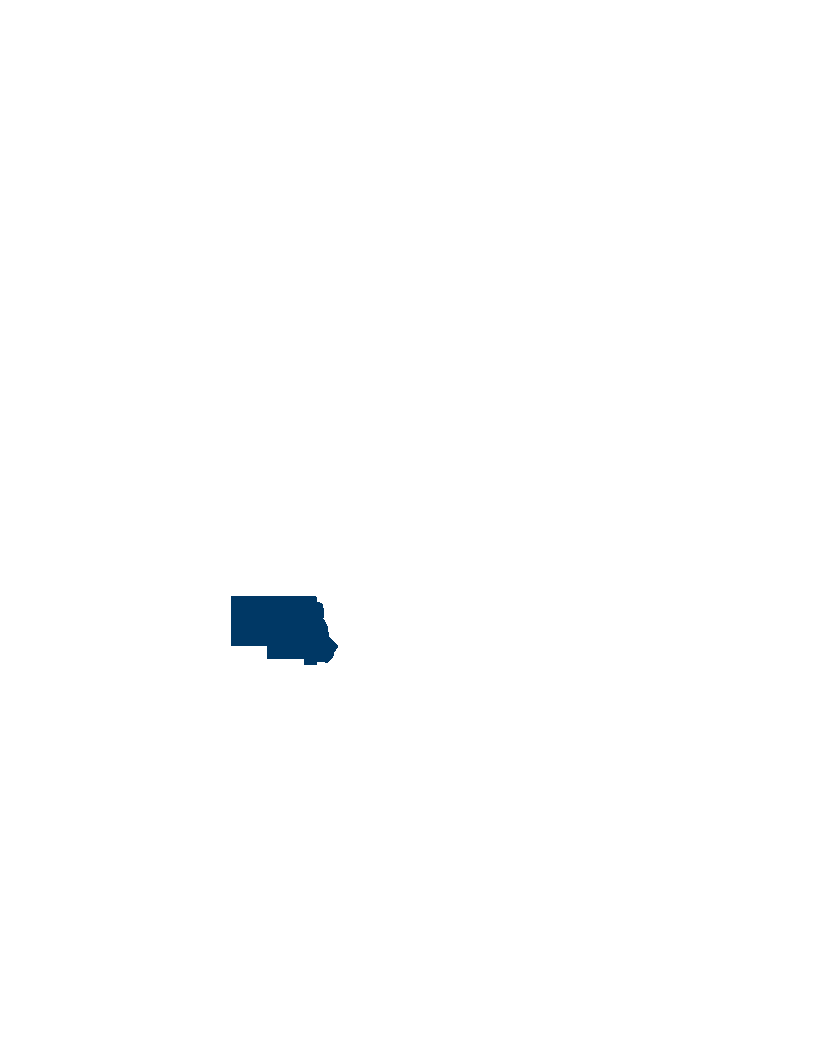Accelerated Prairie Restoration and Enhancement on DNR Lands - Phase VII
We propose restoration and enhancement of prairie and savanna on WMA’s, SNA’s, and Native Prairie Banks in Minnesota and restoration and enhancement of bluff prairies on State Forest Land in southeast Minnesota.
We select projects using a number of criteria and reviews to make sure the DNR was spending these funds in the
best and most productive ways. We can summarize our results in the following table.
Project Type # sites Total Acres
Interseeding 32 416
Invasive Species Control 33 1,058
Prescribed Fire 196 13,382
Prescribed Grazing 5 531
Woody Removal 166 6,808
Prairie Restoration 46 1,152
This appropriation involved the Roving Crews. These Crews allow the DNR to be very flexible. While they have a
list of projects to work on, they can also respond fairly quickly if there's an enhancement opportunity shows up.
For instance, a short dry period in a part of the state may allow them to conduct a late summer prescribed fire
which was not in any of the original work plans. Roving Crews have begun experimenting with different burn
seasons. Typically, we burn in the spring before the nesting season. However, this can stimulate the warm-season
grasses and begin to crowd out forbs, lowering plant diversity. Burning in the late summer, after birds have
fledged but with enough time for some late summer regrowth, has shown to increase both plant diversity as well as
structural diversity in the habitat. Just as important, it can knock back the dominant grasses such as big bluestem
and Indian grass just enough for forbs to express themselves the following year.
Although 23,247 acres appears to be a large number, we feel the actual acres benefitted may be much larger. For
instance, we know nest predation of grassland birds is higher near woody vegetation and some birds just won't
nest near woody veg. By removing trees, we are impacting both the footprint of where those trees were but also
the surrounding grassland where nest success should now be higher. Esthetically, it creates a more open
landscape visually which is usually appreciated by grassland enthusiasts.
Especially when near ungrazed grassland, grazing can have larger benefits. Birds used grazed areas primarily
during the summer when birds are young. Having ungrazed grassland, good nesting cover, next to grazed
grassland, good brood rearing cover, should increase overall number of birds that survive into the fall. I have
personally visited a number of public lands grazing sites in western Minnesota and have always been impressed
with what I've seen. Although grazing is a summer activity, I've flushed a number of birds, both pheasants and
songbirds, from these areas in the fall. Often the biggest benefit to grazing comes in the first couple years after
grazing as the habitat is regrowing.
Although there is still much to learn, we have learned a lot in recent years about restoration techniques. We still
use several methods for restoring prairie and there's probably no one perfect way of doing it. It's very clear to
even someone without botanical training when they are walking through a recent restoration and an older
restoration. Even if they can't identify every plant, the diversity people see is striking. This in comparison to older
restorations which are strongly dominated by only a couple species of grasses.
The DNR has traditionally focused on game species such as pheasants. However, there is more and more interest
in pollinators and biodiversity. Fortunately, just about every study out there shows that management and
restoration for pollinators and songbirds often creates the best habitat for game species. Diverse, healthy,
productive habitat is good for a wide range of species.
As we continue to use these funds, costs for projects will probably increase. In the early years of these funds, we
completed a number of simpler or easier projects, the low-hanging fruit. Now we are left with the larger and more
challenging projects. While they are good habitat projects, they will probably increase in costs over time.
In our budget table, we prorated our budget for individual projects by the acres accomplished. Staff funding was
combined into one value. Identifying funding for each position would be an accounting challenge.
$4,880,000 in the first year is to the commissioner of natural resources to accelerate the restoration and enhancement of prairie communities on wildlife management areas, scientific and natural areas, state forest land, and land under native prairie bank easements. A list of proposed land restorations and enhancements must be provided as part of the required accomplishment plan.
1,152 Prairie acres Restored. 22,195 Prairie acres Enhanced. Total of 23,347 Prairie acres affected.
































































